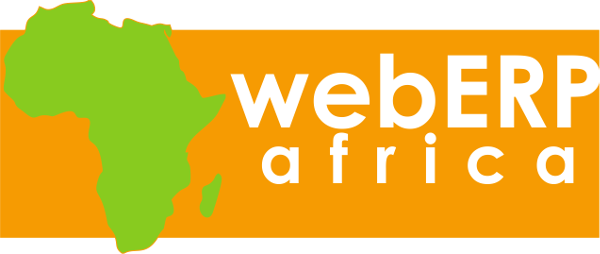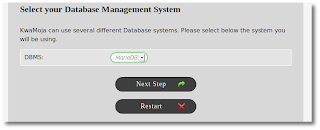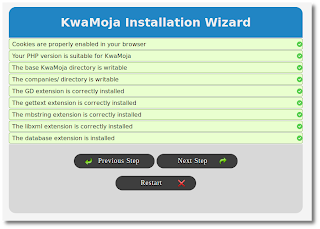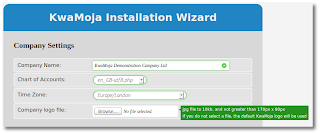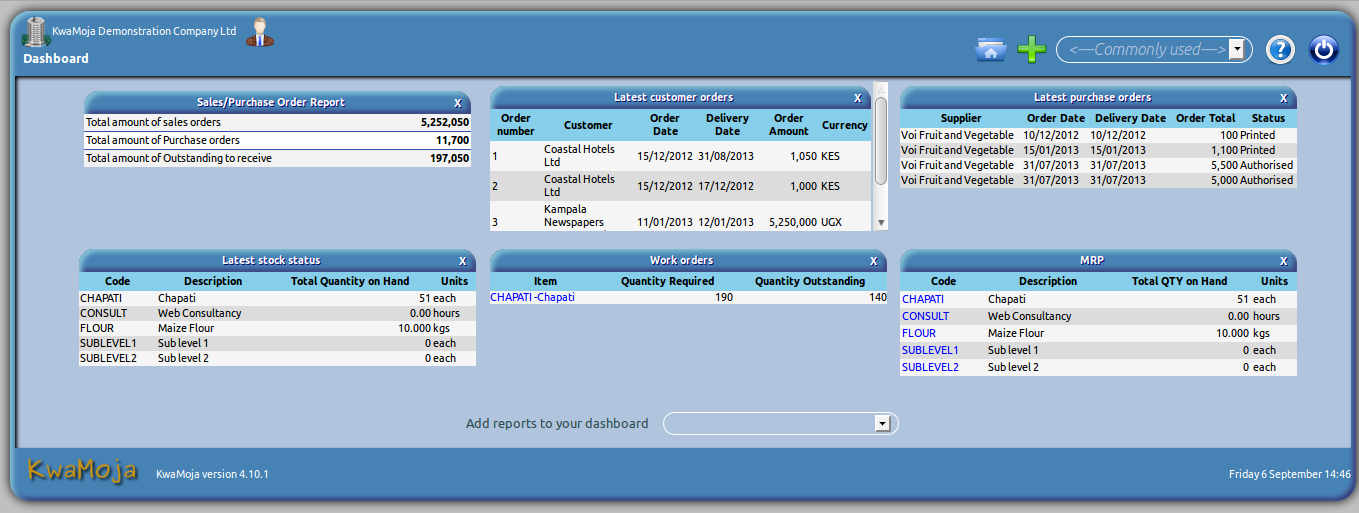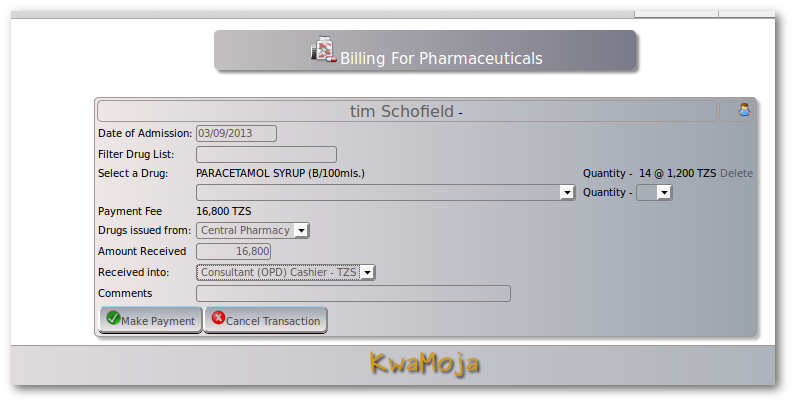This page is written in response to the lies that +Phil Daintree has written about me, and spread on the internet. Despite years of searching he has been unable to find anything I have written that is untrue, and he has had to resort to vague generalities, faked emails, and badly fabricated screenshots (you can see the joins if you zoom in using any bit mapped image editor). +Phil Daintree is welcome to make any comments to these pages, as he has done in the past. If I agree with what he says I will amend my writings, if I do not agree I have allowed his comments to stand next to mine so that people can make their own judgements. I have every confidence in the intelligence of readers to make a sensible judgement based on the facts. +Phil Daintree will not allow me the right of reply to any of the lies he has told about me. It seems to me significant that he realises that if people see both sides of the argument they will see through his lies.
On the odd occasion I manage to beat the censor and manage to give my advice to people on the webERP forums and mailing lists I find that +Phil Daintree removes the advice I give. As can be seen here:
http://weberp.org/forum/showthread.php?tid=1949
and http://weberp.org/forum/showthread.php?tid=1945
and many other places on that forum, my advice that I freely give just gets removed. I wasn't able to understand this until recently, when I got informed by several people that what happens is that once they have posted an issue to the mailing lists or forums +Phil Daintree writes privately to them saying he will give them the solution in return for money. This explains why he doesn't want me helping them for free as it undermines his business. Now I have no problem with people earning money out of the work I have done on webERP but if I give my advice for free on a forum supposedly meant for a free exchange of advice I think it should at lest be left there. I will leave it up to the readers to judge on the honesty and morality of a person who would act like this.
+Phil Daintree has taken to publishing private emails between us without first seeking my consent. Here http://weberp.org/forum/showthread.php?tid=2005&pid=4483#pid4483 and in one of his comments here http://weberpafrica.blogspot.com/2013/12/banned-for-trying-to-help-african.html for instance. Now there is nothing in t6hese emails that is either relevant or that I would not want published (indeed the first is an example of his stupidity in banning me from the forums) but it is generally accepted both in email and written correspondence that you don't publish private correspondence without the agreement of all parties. I will leave it up to the readers to judge on the honesty and morality of a person who would act like this.
+Phil Daintree has said that I was never banned on the forums. However this screenshot from the forum shows that he is telling yet another untruth:
As can be seen it is a lie that I have not ever been banned from the forum. I will leave it up to the readers to judge on the honesty and morality of a person who would act like this.
+Phil Daintree has said that he never refused to allow me to post my thoughts to the mailing list when a long term contributor to webERP died. Here is a screenshot:
Nearly 6 months on it has still not been accepted my the mailing list administrator (+Phil Daintree). As can be seen it is a lie that he has never stopped me sending my thoughts on Mo's death. I will leave it up to the readers to judge on the honesty and morality of a person who would act like this
The comments to this post include serious allegations against me and so I have forwarded details of this serious allegation against me to Windsor Engineering Group Limited (the employer of +Phil Daintree ), the New Zealand online police department, the ACCA, and to my solicitors. - Tim
On the odd occasion I manage to beat the censor and manage to give my advice to people on the webERP forums and mailing lists I find that +Phil Daintree removes the advice I give. As can be seen here:
http://weberp.org/forum/showthread.php?tid=1949
and http://weberp.org/forum/showthread.php?tid=1945
and many other places on that forum, my advice that I freely give just gets removed. I wasn't able to understand this until recently, when I got informed by several people that what happens is that once they have posted an issue to the mailing lists or forums +Phil Daintree writes privately to them saying he will give them the solution in return for money. This explains why he doesn't want me helping them for free as it undermines his business. Now I have no problem with people earning money out of the work I have done on webERP but if I give my advice for free on a forum supposedly meant for a free exchange of advice I think it should at lest be left there. I will leave it up to the readers to judge on the honesty and morality of a person who would act like this.
+Phil Daintree has taken to publishing private emails between us without first seeking my consent. Here http://weberp.org/forum/showthread.php?tid=2005&pid=4483#pid4483 and in one of his comments here http://weberpafrica.blogspot.com/2013/12/banned-for-trying-to-help-african.html for instance. Now there is nothing in t6hese emails that is either relevant or that I would not want published (indeed the first is an example of his stupidity in banning me from the forums) but it is generally accepted both in email and written correspondence that you don't publish private correspondence without the agreement of all parties. I will leave it up to the readers to judge on the honesty and morality of a person who would act like this.
+Phil Daintree has said that I was never banned on the forums. However this screenshot from the forum shows that he is telling yet another untruth:
As can be seen it is a lie that I have not ever been banned from the forum. I will leave it up to the readers to judge on the honesty and morality of a person who would act like this.
+Phil Daintree has said that he never refused to allow me to post my thoughts to the mailing list when a long term contributor to webERP died. Here is a screenshot:
Nearly 6 months on it has still not been accepted my the mailing list administrator (+Phil Daintree). As can be seen it is a lie that he has never stopped me sending my thoughts on Mo's death. I will leave it up to the readers to judge on the honesty and morality of a person who would act like this
The comments to this post include serious allegations against me and so I have forwarded details of this serious allegation against me to Windsor Engineering Group Limited (the employer of +Phil Daintree ), the New Zealand online police department, the ACCA, and to my solicitors. - Tim
